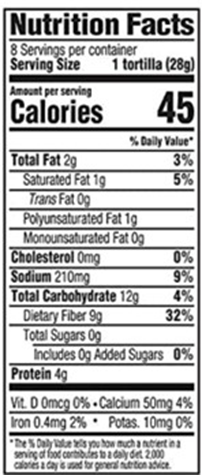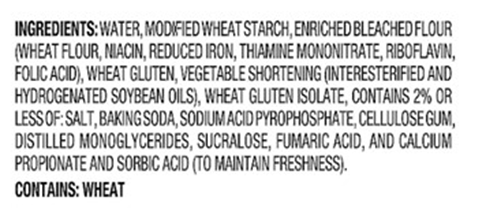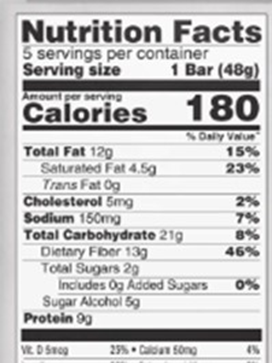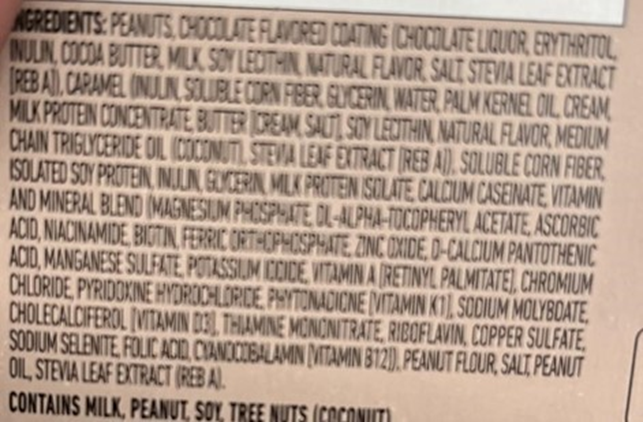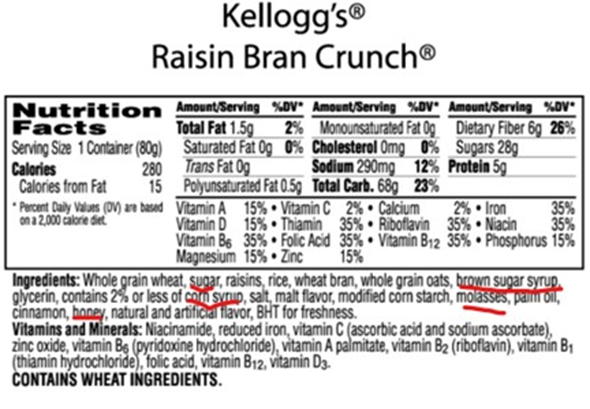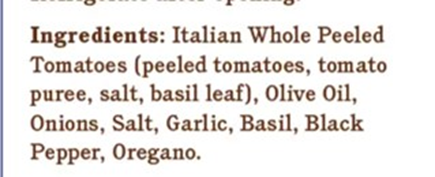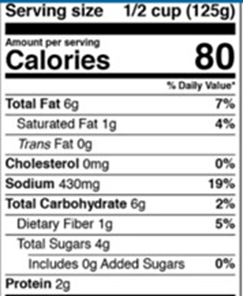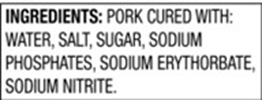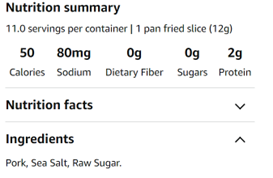There is much confusion and controversy around protein. This partly stems from the Recommended Dietary Allowance (RDA) for protein, which is just 0.8 grams per pound of body weight. Many people take that to mean that is all we need. But that amount is just what we need to avoid a deficiency. It says nothing about what is optimal.
Dr. Don Layman of the University of Illinois has been studying protein metabolism since 1972 and has become one of the world’s foremost experts in the field. Most of what follows is based on the findings from his lab.
Dr. Layman recommends between 1.2 grams of protein per kilogram of ideal body weight for a moderately active person, up to 1.8 grams per kilogram of ideal body weight for someone doing more vigorous exercise (including resistance training). That translates to roughly .54 grams per pound of ideal body weight for a moderately active person up to .82 grams of protein per pound of ideal body weight for someone doing more vigorous exercise. (He doesn’t see a problem with going higher than that but doesn’t see much benefit either.)
To determine daily protein needs, estimate where you are on the spectrum from moderately active to vigorously active and estimate your daily protein needs from that. (As we age our ability to properly process protein decreases, so we need more as we reach our sixties and beyond.)
Dr. Layman suggests that everyone should get at least 100 grams of protein per day. So the values below start at least 100 grams for everyone.
| Ideal Body Weight | Moderate Exercise | Vigorous Exercise |
| 115 | (100) | (100) |
| 130 | (100) | 106 |
| 170 | (100) | 139 |
| 200 | 109 | 164 |
| 225 | 123 | 185 |
It is important to note that “protein” is just a word for a package of amino acids. There are 20 different amino acids, and 9 of those are considered essential (meaning that our bodies cannot make them so we must get them in our diet). We also must get them in the proper proportion.
Dr. Layman stresses that we need to get our protein in large enough servings to stimulate muscle synthesis. Our muscles, organs, bones and other components are not static. Our metabolic system is constantly breaking them down and rebuilding them. We turn over 250-300 grams of protein a day. Since our organs get first dibs on essential amino acids, if we don’t get enough essential amino acids and in the proper proportion, our metabolic system will not use the amino acids to rebuild muscle, and it will gradually diminish (starting in our 30’s, we lose about 3-5 percent of our muscle mass per decade, and that accelerates as we age). Our bodies have sensors that let our metabolic system know that we have more essential amino acids than our organs need and that it is okay to use some of them for muscle. That sensor is looking for one particular amino acid: leucine. If our metabolic system detects 2.5-3 grams of leucine, it assumes the other essential amino acids are there and gives the go-ahead to start building muscle.
The best sources of leucine are in animal protein, but some plant protein sources have varying amounts (I got these values from Microsoft Copilot AI; it wouldn’t lie):
| Protein Source | Grams of protein needed to get 2.5 grams of leucine |
| whey | 25 grams |
| bean | 28 grams (but does not contain enough of the other essential amino acids) |
| beef | 31 grams |
| chicken | 32 grams |
| pea | 32 grams (but is a little lower in the amino acid methionine) |
| soy | 36 grams |
If using bean or pea protein you may want to add other plant protein sources to ensure you get enough of everything
To get 2.5 grams of leucine, you’d need at least 25 grams whey protein, slightly more for beef, 32 grams of protein from chicken, 32 grams from pea protein, or 36 grams of soy protein. It takes five eggs to get 2.5 grams of leucine, so unless you want five eggs you’ll probably want a side of sausage or bacon. Keep in mind that 2.5 is the minimum; as we age we need more.
We know that the protein from animal products comes with all the essential amino acids in the proper proportion. If we are getting our protein from plant foods we need to do the necessary research to know what sources (or combinations of sources) will get us the essential amino acids we need in proper proportion. And according to Dr. Layman if we are getting our protein primarily from plant sources we should try to get 30% more to account for the lower quality of the protein.
As to protein distribution, Dr. Layman stresses the importance of getting a big chunk of protein with our first meal. He suggests getting 40-55 grams of protein at the first meal of the day, and something similar at the last meal, then getting the remainder of our daily protein needs at midday. He said adding a fourth meal can be beneficial if that is necessary to get enough protein.
To see Dr. Layman discussing these matters, check out this interview: https://www.youtube.com/watch?v=-8Logf5zdEU

